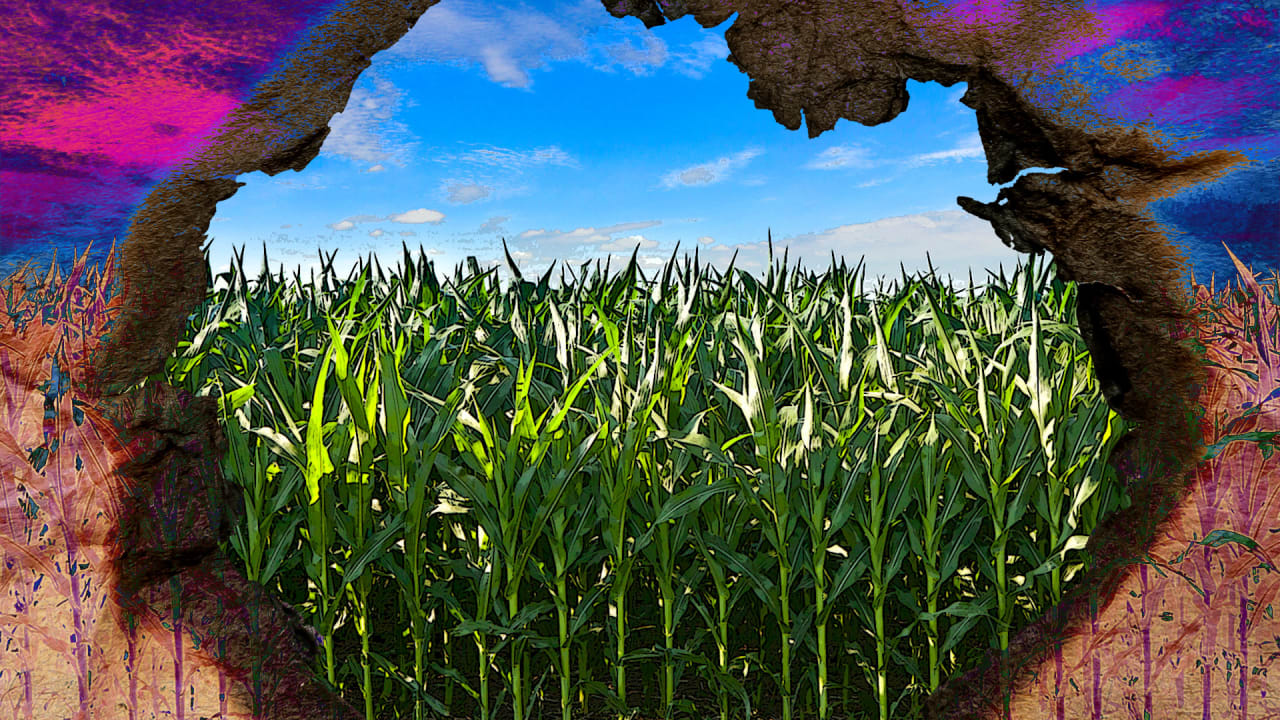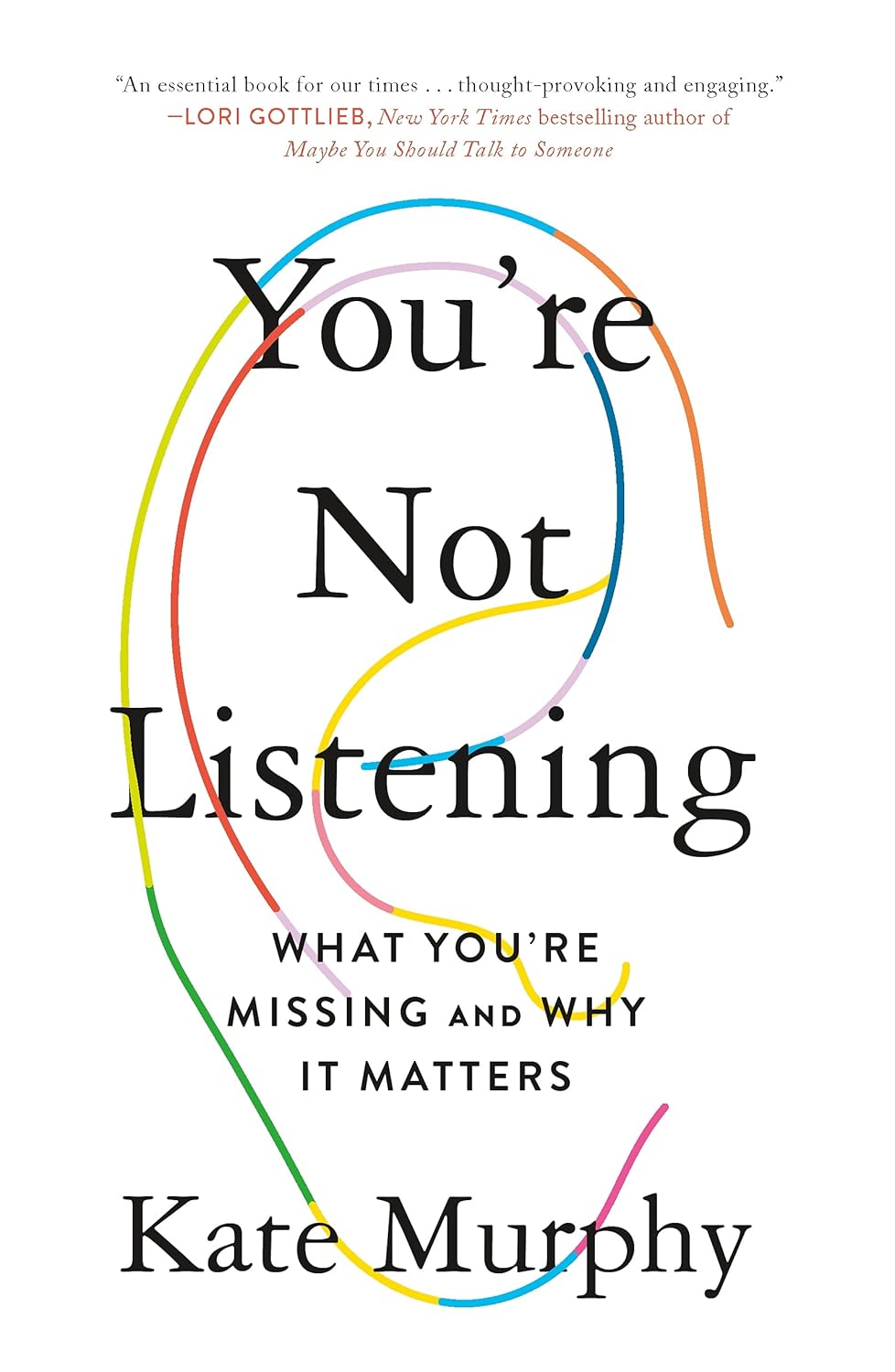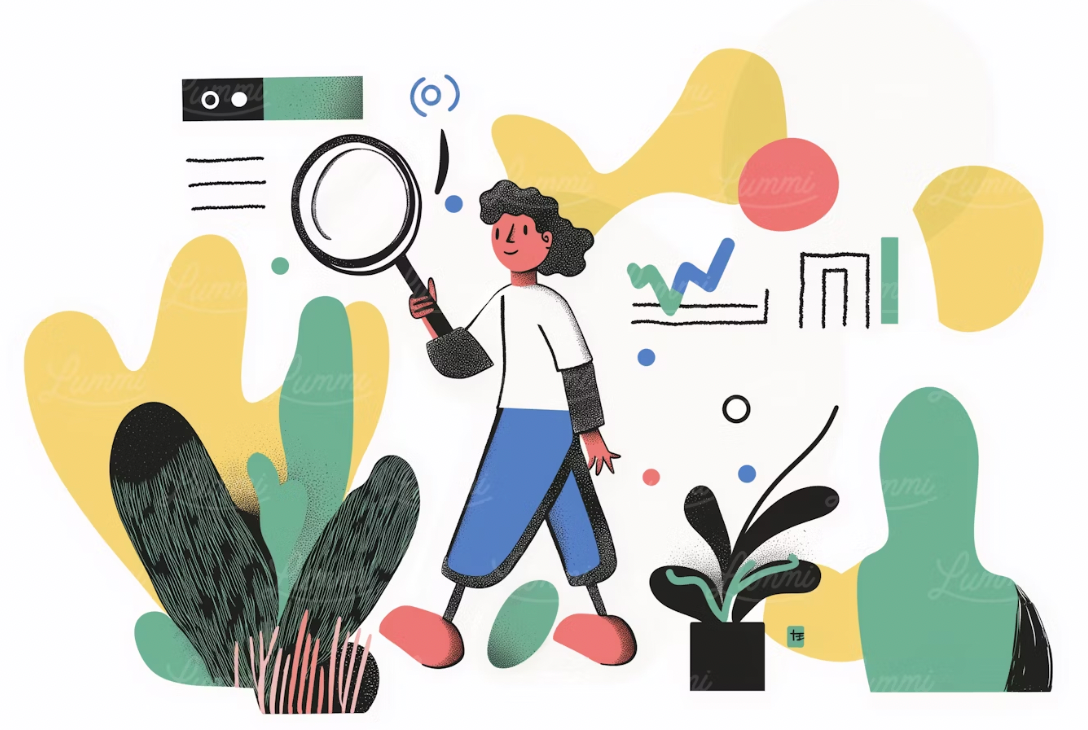Climate crisis could wipe out half of U.S. crops by 2100, scientists warn
A major new study published in Nature examines how rising temperatures will impact global food systems, and the results offer a dire warning for wealthy countries. As the planet warms, the environments that grow the most-consumed crops around the globe are changing, but there’s been a lot of disagreement about what those changes will look like. Counter to some more optimistic previous findings, the new study finds that every degree Celsius that the planet warms could result in 120 calories worth of food production lost per person, per day. The new analysis is the result of almost a decade of work by the Climate Impact Lab, a consortium of climate, agriculture and policy experts. The research brings together data from more than 12,000 regions in 55 countries, with a focus on wheat, corn, soybeans, rice, barley and cassava – the core crops that account for two-thirds of calories consumed globally. “When global production falls, consumers are hurt because prices go up and it gets harder to access food and feed our families,” Stanford Doerr School of Sustainability Professor Solomon Hsiang, a senior author on the study, said in an announcement paired with the new paper. “If the climate warms by 3 degrees, that’s basically like everyone on the planet giving up breakfast.” Adaptation won’t offset farming losses Some previous research has hinted that global food production could actually go up in a warming planet by lengthening growing seasons and widening the viable regions where some crops can grow. In Western American states like Washington and California, growing seasons are already substantially longer than they once were, adding an average of 2.2 days per decade since 1895. The new study criticizes previous research for failing to realistically estimate how farmers will adapt to a changing climate. While prior studies rely on an all-or-nothing model for agricultural climate adaptation where farmers either adapted flawlessly or didn’t adapt at all, the new paper in Nature “systematically measure[s] how much farmers adjust to changing conditions,” a first according to the research group. That analysis found that farmers who do adapt by switching to new crops or changing long-standing planting and harvesting practices could lessen a third of climate-caused losses in crop yields by 2100. But even in a best-case scenario of climate adaptation, food production is on track to take a major hit. “Any level of warming, even when accounting for adaptation, results in global output losses from agriculture,” lead author and University of Illinois Urbana-Champaign Assistant Professor of agricultural and consumer economics Andrew Hultgren said. The richest countries have the most to lose While wealthy countries are insulated from some of the deadliest ravages of the climate crisis, the new analysis reveals a U.S. food supply that is particularly vulnerable. Researchers found that the “modern breadbaskets” that haven’t yet explored climate adaptations will fare worse than parts of the world where extreme heat and changing weather has already forced farmers to adapt. “Places in the Midwest that are really well suited for present day corn and soybean production just get hammered under a high warming future,” Hultgren said. “You do start to wonder if the Corn Belt is going to be the Corn Belt in the future.” In a high-emissions model of the future where humans fail to meaningfully slow the march of global warming, corn production would dive by 40% in the U.S. grain belt, with soybeans suffering an even worse 50% decline. Wheat production would decline 30 to 40% in the same scenario. “Because such a large fraction of agricultural production is concentrated in these wealthy-but-low-adaption regions, they dominate projections of global calorie production, generating much of the global food security risk we document,” the authors wrote, adding that farming in the U.S. is “optimized for high average yields” in current climate conditions but is not robust enough to withstand a changing climate. “This is basically like sending our agricultural profits overseas. We will be sending benefits to producers in Canada, Russia, China. Those are the winners, and we in the U.S. are the losers,” Hsiang said. “The longer we wait to reduce emissions, the more money we lose.”

A major new study published in Nature examines how rising temperatures will impact global food systems, and the results offer a dire warning for wealthy countries.
As the planet warms, the environments that grow the most-consumed crops around the globe are changing, but there’s been a lot of disagreement about what those changes will look like. Counter to some more optimistic previous findings, the new study finds that every degree Celsius that the planet warms could result in 120 calories worth of food production lost per person, per day.
The new analysis is the result of almost a decade of work by the Climate Impact Lab, a consortium of climate, agriculture and policy experts. The research brings together data from more than 12,000 regions in 55 countries, with a focus on wheat, corn, soybeans, rice, barley and cassava – the core crops that account for two-thirds of calories consumed globally.
“When global production falls, consumers are hurt because prices go up and it gets harder to access food and feed our families,” Stanford Doerr School of Sustainability Professor Solomon Hsiang, a senior author on the study, said in an announcement paired with the new paper. “If the climate warms by 3 degrees, that’s basically like everyone on the planet giving up breakfast.”
Adaptation won’t offset farming losses
Some previous research has hinted that global food production could actually go up in a warming planet by lengthening growing seasons and widening the viable regions where some crops can grow. In Western American states like Washington and California, growing seasons are already substantially longer than they once were, adding an average of 2.2 days per decade since 1895.
The new study criticizes previous research for failing to realistically estimate how farmers will adapt to a changing climate. While prior studies rely on an all-or-nothing model for agricultural climate adaptation where farmers either adapted flawlessly or didn’t adapt at all, the new paper in Nature “systematically measure[s] how much farmers adjust to changing conditions,” a first according to the research group.
That analysis found that farmers who do adapt by switching to new crops or changing long-standing planting and harvesting practices could lessen a third of climate-caused losses in crop yields by 2100. But even in a best-case scenario of climate adaptation, food production is on track to take a major hit.
“Any level of warming, even when accounting for adaptation, results in global output losses from agriculture,” lead author and University of Illinois Urbana-Champaign Assistant Professor of agricultural and consumer economics Andrew Hultgren said.
The richest countries have the most to lose
While wealthy countries are insulated from some of the deadliest ravages of the climate crisis, the new analysis reveals a U.S. food supply that is particularly vulnerable. Researchers found that the “modern breadbaskets” that haven’t yet explored climate adaptations will fare worse than parts of the world where extreme heat and changing weather has already forced farmers to adapt.
“Places in the Midwest that are really well suited for present day corn and soybean production just get hammered under a high warming future,” Hultgren said. “You do start to wonder if the Corn Belt is going to be the Corn Belt in the future.”
In a high-emissions model of the future where humans fail to meaningfully slow the march of global warming, corn production would dive by 40% in the U.S. grain belt, with soybeans suffering an even worse 50% decline. Wheat production would decline 30 to 40% in the same scenario.
“Because such a large fraction of agricultural production is concentrated in these wealthy-but-low-adaption regions, they dominate projections of global calorie production, generating much of the global food security risk we document,” the authors wrote, adding that farming in the U.S. is “optimized for high average yields” in current climate conditions but is not robust enough to withstand a changing climate.
“This is basically like sending our agricultural profits overseas. We will be sending benefits to producers in Canada, Russia, China. Those are the winners, and we in the U.S. are the losers,” Hsiang said. “The longer we wait to reduce emissions, the more money we lose.”


































































![https //g.co/recover for help [1-866-719-1006]](https://newsquo.com/uploads/images/202506/image_430x256_684949454da3e.jpg)























![How Smart PMs Scale Their Careers in Any Org [TPG Live Recap]](https://tpgblog.com/wp-content/uploads/2025/06/2025-06-12-thumbnail-action.png?#)















































